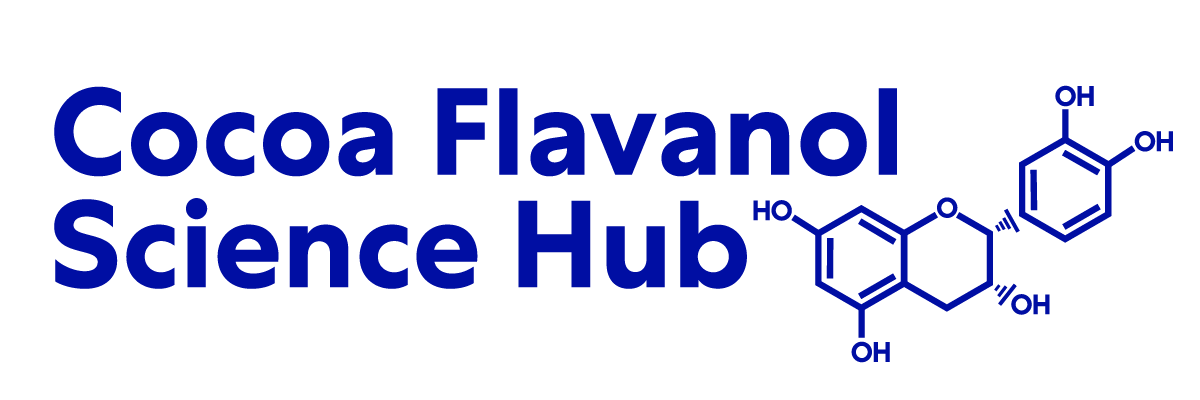The flavanol (-)-epicatechin prevents stroke damage through the Nrf2/HO1 pathway.
Epidemiologic studies have shown that foods rich in polyphenols, such as flavanols, can lower the risk of ischemic heart disease; however, the mechanism of protection has not been clearly established. In this study, we investigated whether epicatechin (EC), a flavanol in cocoa and tea, is protective against brain ischemic damage in mice. Wild-type mice pretreated orally with 5, 15, or 30 mg/kg EC before middle cerebral artery occlusion (MCAO) had significantly smaller brain infarcts and decreased neurologic deficit scores (NDS) than did the vehicle-treated group. Mice that were posttreated with 30 mg/kg of EC at 3.5 hours after MCAO also had significantly smaller brain infarcts and decreased NDS. Similarly, WT mice pretreated with 30 mg/kg of EC and subjected to N-methyl-D-aspartate (NMDA)-induced excitotoxicity had significantly smaller lesion volumes. Cell viability assays with neuronal cultures further confirmed that EC could protect neurons against oxidative insults. Interestingly, the EC-associated neuroprotection was mostly abolished in mice lacking the enzyme heme oxygenase 1 (HO1) or the transcriptional factor Nrf2, and in neurons derived from these knockout mice. These results suggest that EC exerts part of its beneficial effect through activation of Nrf2 and an increase in the neuroprotective HO1 enzyme.
See the Full Study > (opens in a new tab)








